Latest News
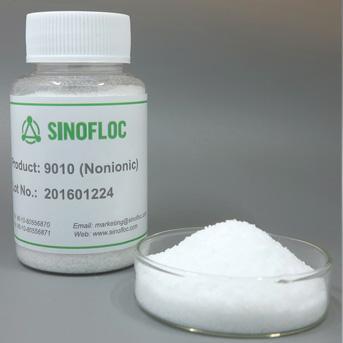 What Are the Application Fields of Nonionic Polyacrylamide
2024-10-28
What Are the Application Fields of Nonionic Polyacrylamide
2024-10-28
 Differences and Uses of Cationic, Anionic, and Nonionic PAM
2024-10-25
Differences and Uses of Cationic, Anionic, and Nonionic PAM
2024-10-25
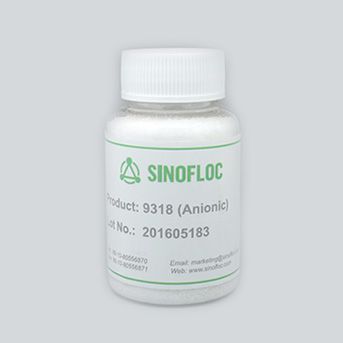 Using Anionic Polyacrylamide This Way Yields the Best Results
2024-10-22
Using Anionic Polyacrylamide This Way Yields the Best Results
2024-10-22
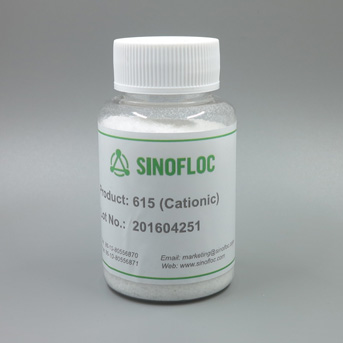 Uses of Cationic Polyacrylamide
2024-10-19
Uses of Cationic Polyacrylamide
2024-10-19
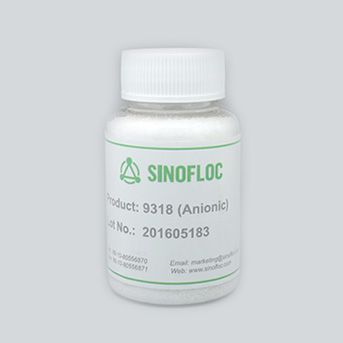 Selecting Polyacrylamide Flocculants: Avoiding 5 Major Pitfalls
2024-10-16
Selecting Polyacrylamide Flocculants: Avoiding 5 Major Pitfalls
2024-10-16
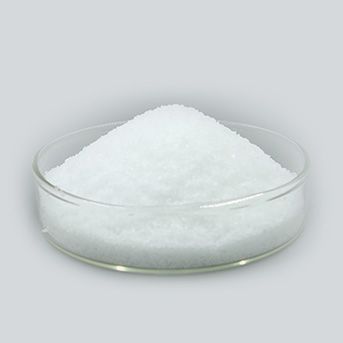 A Brief Discussion on Amphoteric Flocculants' Function and Application
2024-10-13
A Brief Discussion on Amphoteric Flocculants' Function and Application
2024-10-13
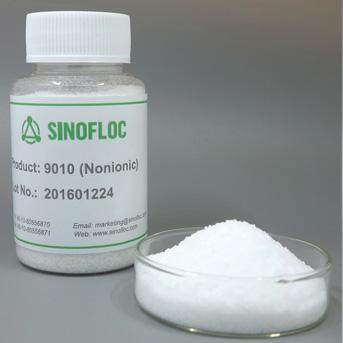
SINOFLOC nonionic flocculants are technically pure polyacrylamides. Nonionic polyacrylamide exhibits neutral nonionic properties in the aqueous solution which is hardly influenced by the PH value in the application. SINOFLOC nonionic flocculants are suitable for use as a settlement aid in many different mineral-processing applications and are particularly effective under very low PH conditions, as encountered in acidic leach operations.
|
Products |
Product Code |
Charge |
Molecular Weight |
|
Nonionic PAM Powder |
SINOFLOC 9010 |
<5 |
High |
|
Nonionic PAM Powder |
SINOFLOC 9010H |
<5 |
Very High |
Leave us Message
